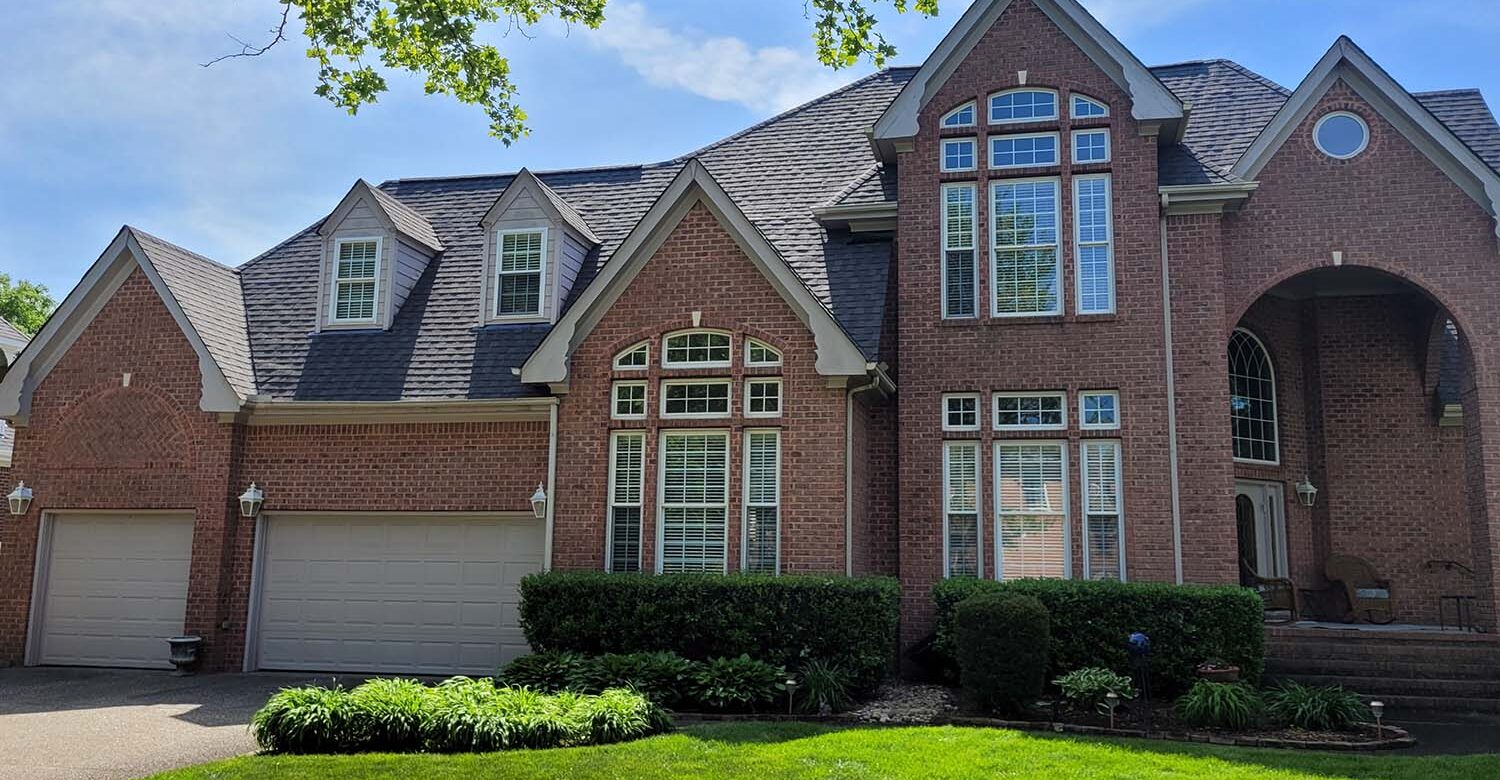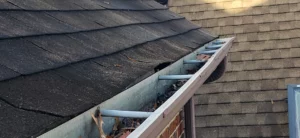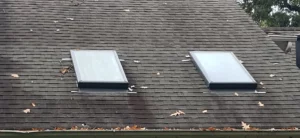Replacing your roof is a major home improvement project, and for many homeowners, the upfront cost can feel daunting.
But what many people don’t realize is that a new roof is also a smart financial investment that can pay off in a number of ways—both immediately and long-term. From lowering your monthly bills to increasing your home’s resale value, here are some of the top financial benefits of investing in a total roof replacement.
- Lower Energy Costs
Older roofs often have worn-out shingles, deteriorating underlayment, or poor ventilation. All of these factors allow air to escape (or stay trapped), making your HVAC system work harder to heat or cool your home. A new roof with modern materials and proper insulation and ventilation can improve energy efficiency, leading to lower monthly utility bills. Over time, these savings add up significantly. Some roofing products are even ENERGY STAR® rated or “cool roof” certified, which may qualify you for additional rebates or tax credits.
- Potentially Lower Insurance Premiums
Insurance companies know that older roofs are more likely to fail during storms, leading to costly claims. Many insurance companies offer better rates for homeowners who invest in a new roof because it reduces the risk of leaks, water damage, and structural issues. In Southeast Virginia, where hurricanes and nor’easters are a constant reality, this can be an especially valuable benefit. A stronger, more resilient roof could keep you from paying hefty deductibles after storm damage and seeing your insurance rate skyrocket.
- Increased Resale Value
If you plan on selling your home in the next 5–10 years, a new roof is one of the top upgrades that attracts buyers. A roof replacement not only boosts curb appeal but also provides peace of mind for potential buyers, knowing they won’t need to take on a major repair immediately after purchase. Most real estate agents will tell you that homes with newer roofs sell faster and often for more money. Plus, some roofing warranties are transferable, a great selling point that will appeal to any buyer.
- More Home Equity and Better Financing Options
For homeowners considering refinancing or taking out a home equity loan, the appraised value of your home matters. A new roof can raise that appraisal, giving you more equity to borrow against for other improvements, debt consolidation, or major expenses. Some lenders also look at roof age when assessing loan risk, so replacing your roof may even help secure better interest rates.
- Avoiding Costly Repairs Elsewhere in the Home
Older roofs are more prone to leaks, missing shingles, and other recurring issues. While patchwork repairs might seem cheaper in the moment, they add up quickly and don’t fix the root of the problem when a roof has reached the end of its lifespan. Older, decaying roof materials can also allow water intrusion, causing damage to insulation, drywall, flooring, and even your home’s foundation. By replacing your roof, you’re protecting the rest of your home from cascading repair costs.
- Long-Term Protection and Peace of Mind
Financial security isn’t just about immediate savings—it’s also about avoiding unexpected expenses. With a new roof under warranty, you won’t have to worry about sudden leaks or emergency repairs draining your savings. That peace of mind has real financial value, since it lets you plan your household budget without the fear of surprise expenses.
Make a Smart Investment with a Local Team
Replacing your roof is a financial decision that can benefit you now and well into the future. But we know that it’s also a major investment, so if you’re ready to make the financially wise choice for your home, contact Andrews Roofing today. Our team has decades of experience helping homeowners in Hampton Roads, Tidewater, and Southeast Virginia protect their investment with expert roof replacements that last.











